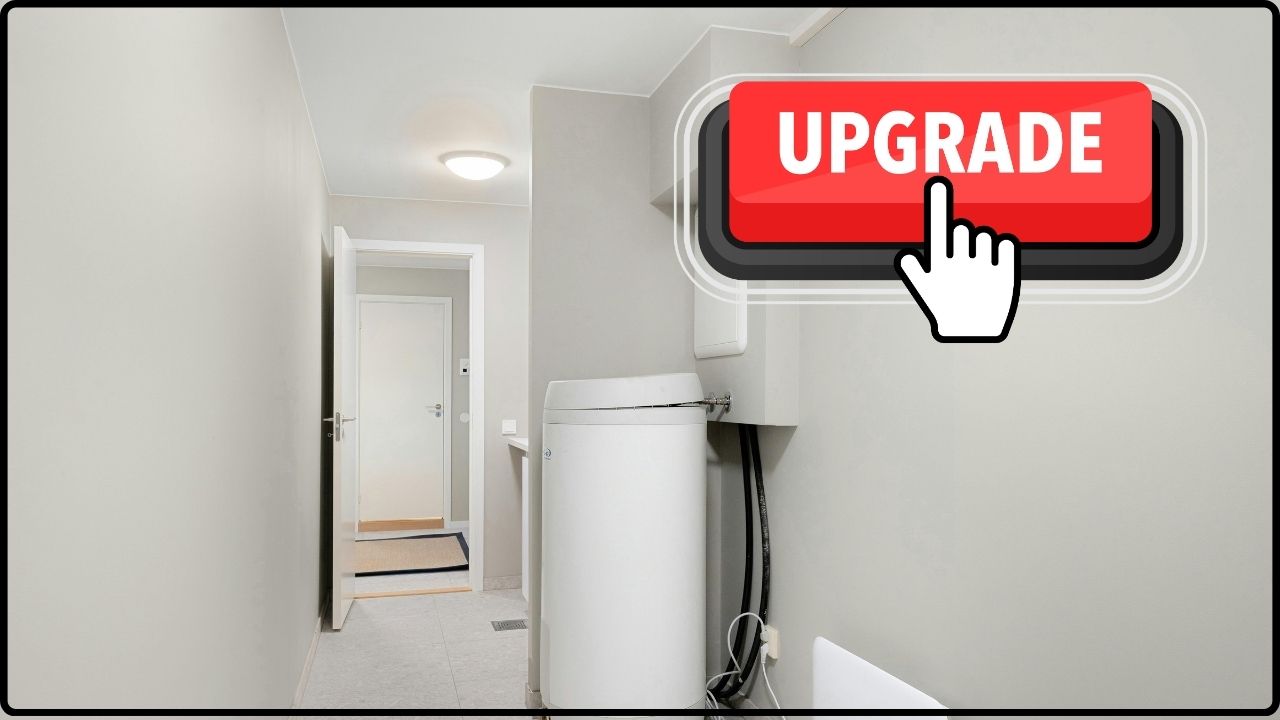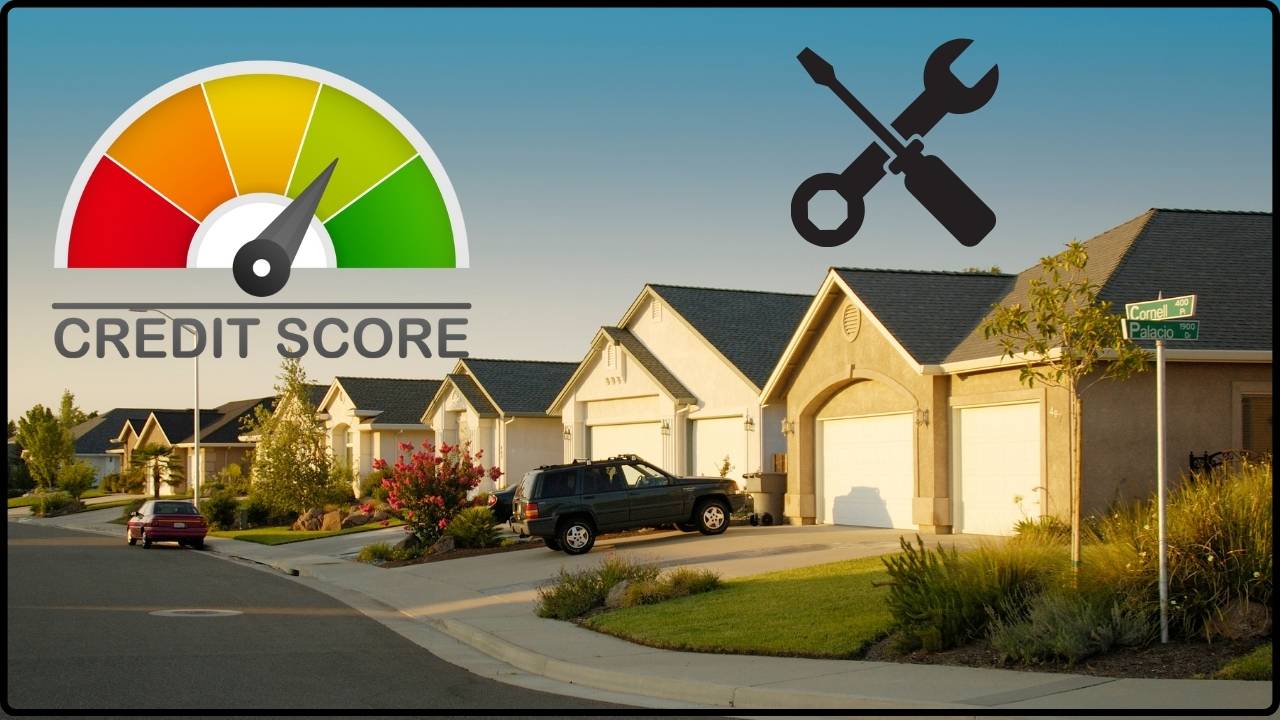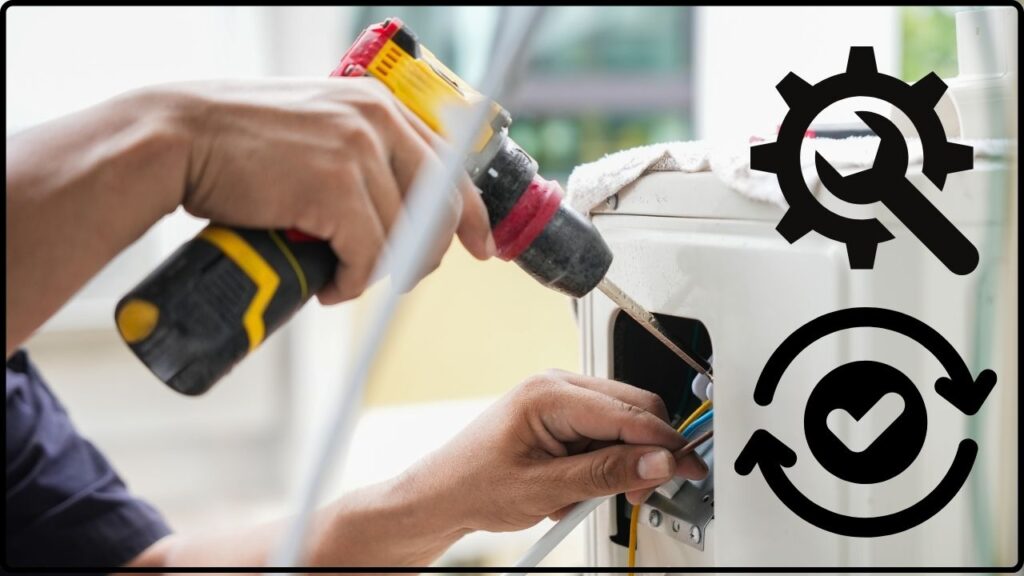
Repair vs. Replace: When your air conditioning (AC) unit starts acting up, you gotta ask yourself the big question: Should I repair this old beast, or cut my losses and get a new one? Understanding the financial breakdown of repairing versus replacing an aging AC unit is not just smart—it’s downright essential to saving cash and staying comfy in your home or office. If you’ve ever sat sweating through a July heatwave while your AC coughs and sputters, you know the pain. As your AC gets older, repairs can pile up and energy bills can skyrocket. This article breaks down the costs, data, and practical advice to help you make a well-informed decision, whether you’re a homeowner or a professional managing building systems.
Table of Contents
Repair vs. Replace
Deciding to repair or replace your aging AC unit involves weighing upfront costs against long-term savings, comfort, and reliability. Use the simple $5,000 Rule and 50% repair cost rule as guides. While repairs might keep bills low short-term in newer units with minimal issues, replacement offers superior energy savings, reliability, and environmental benefits—especially for systems over 10 years old or those needing costly repairs. Remember, investing in a new AC is more than an expense—it’s a smart move to keep your home cool, energy bills down, and your wallet happy through many summers to come.
| Aspect | Details |
|---|---|
| Average AC Repair Cost | $150 – $1,500 depending on part and labor |
| Average Replacement Cost | $3,000 – $7,000+ including installation |
| $5,000 Rule | Age of unit × repair cost > $5,000 → consider replacement |
| Energy Savings on New Units | Can reduce energy costs by 20-40%, with ENERGY STAR® models saving extra 15% |
| Average Lifespan of AC Units | 10-15 years |
Why Repair vs. Replace Matters?
Your AC unit is the unsung hero of summer—keeping you chill when temps soar past 90°F. But like any mechanical device, it ages, and that’s when the headaches and decisions start piling up. Beyond comfort, deciding to repair or replace your aging AC unit has major impacts on your wallet, energy consumption, and the environment. Knowing when to throw in the towel financially helps you avoid wasting money on repairs that won’t last and missing out on the savings a new unit can offer with advanced technology.
Many folks, especially in hotter states like Texas or Arizona, face this dilemma every year. The wrong choice can lead to high bills or uncomfortable summers. That’s why breaking this down with clear data and practical tips is the smartest move you can make.
What Does It Cost to Repair?
Repairs vary a lot by the problem. Minor fixes like a broken thermostat or capacitor replacement cost between $150-$400. But serious repairs—compressor replacement or refrigerant line repairs—balloon from $1,200 to over $2,500.
Older ACs raise repair costs further because parts are scarcer and technicians spend more time diagnosing issues. Plus, if your unit keeps going down, repeated trips to the repair guy add major costs and headaches. Many old units even use outdated refrigerants like R-22 (Freon), now expensive and hard to find, pushing repair bills higher.
And don’t forget the downtime—an unreliably repaired unit might leave you sweating through the hottest days.
What About Replacing?
Replacing your AC generally runs between $3,000 and $7,000 or more, including professional installation. But modern units—especially ENERGY STAR® certified models—offer significant advantages:
- Energy savings: New systems can use 20-40% less power, with some models cutting another 15% thanks to tough efficiency standards. This is major cash back in your pocket over a few years.
- Improved comfort: New tech manages humidity better, runs quieter, and cools your home more evenly.
- Warranty protection: Most new units come with 10-year parts warranties, covering you against unexpected costs.
- Environmental benefits: Newer refrigerants like R-410A are ozone-friendly, unlike older models using phased-out chemicals.
While the upfront cost is higher, these ongoing benefits make replacement a smart long-term financial and environmental investment.
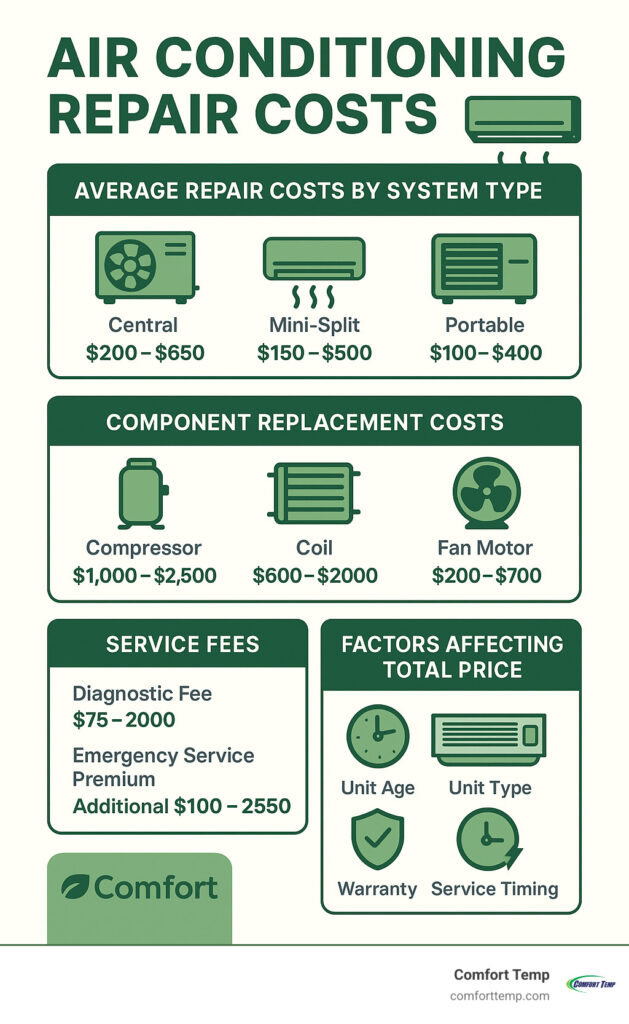
How to Decide Between Repair vs. Replace: The $5,000 Rule Explained
A simple way to crunch the numbers is called the $5,000 Rule:
Age of your AC unit × cost of repair = total
- If that total tops $5,000, it’s usually smart to replace.
- If it’s less, fixing your unit might still make sense.
For example, a 12-year-old AC needing a $500 repair equals 12 × 500 = $6,000 — time to swap it out.
Also, if a single repair hits half or more of replacement price, replacing makes more sense. This 50% Rule saves you from throwing good money after bad on an aging system.
Benefits of Repairing
Repairing remains a good option if:
- Your unit is younger than 10 years and well-maintained.
- Problems are minor or isolated.
- You’re looking to save upfront and plan to move soon.
- Your AC is still under warranty, saving you out-of-pocket costs.
Repairing can provide reliable cooling at a fraction of replacement cost, but beware of recurring issues that add stress and cost over time.
Benefits of Replacing
Replacing offers plenty of perks, including:
- Big energy savings, especially with ENERGY STAR® models.
- Fewer breakdowns and repair bills.
- Enhanced comfort with humidity and temperature control improvements.
- Smart tech compatibility (programmable thermostats, zones).
- Environmental friendliness with eco-safe refrigerants.
- Potential rebates and tax credits to reduce upfront expenses.
- Boosts home resale value, impressing buyers.
Additional Factors to Consider
Energy Efficiency and Environmental Impact
Older units can guzzle up to 50% more energy than new ones. They often use harmful refrigerants (like R-22) banned due to ozone damage. Upgrading to an ENERGY STAR® unit significantly lowers your carbon footprint and can cut energy costs by hundreds annually.
Impact on Home Value
A new, efficient AC can be a major selling point if you’re planning to move, increasing your home’s market appeal and value. It also signals to buyers your home is modern and well maintained.
Maintenance and Warranty
Older units usually lack warranty coverage, so repairs cost more. New systems come with robust warranties, protecting you for years. Plus, manufacturers or utilities often offer installation rebates to sweeten the deal.
Comfort and Air Quality Improvements
Besides cooling power, new ACs offer improved air filtration and dehumidification, reducing allergens and noise. This means a healthier, quieter home environment.
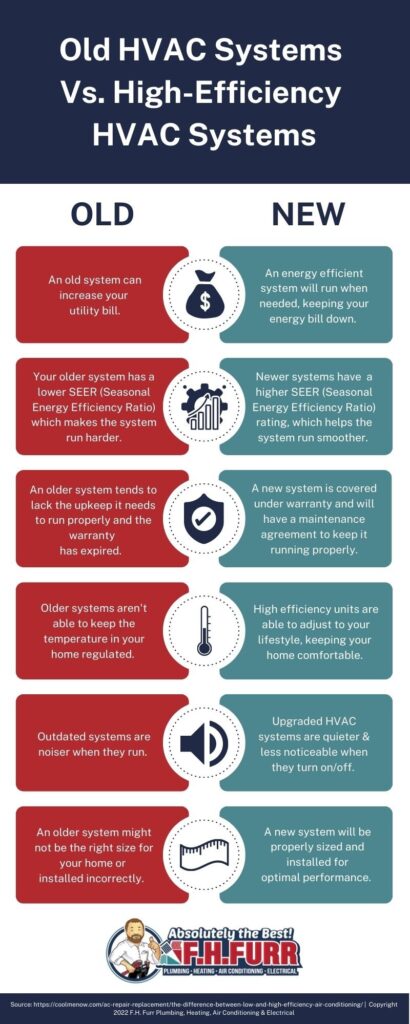
Repair vs. Replace: Step-by-Step Guide to Making Your Decision
Step 1: Assess Age and Condition
Check your unit’s manufacture date—typically inside the panel or on a label. Units over 10 years often face rising repair costs and lower efficiency.
Step 2: Get Detailed Repair Estimates
Hire a licensed HVAC technician for a thorough inspection and quotes. Get separate estimates for repairs and replacement.
Step 3: Apply the $5,000 and 50% Rules
Multiply your unit’s age by repair cost. If over $5,000, lean toward replacement. Also note if a single repair costs more than half the price of replacement.
Step 4: Compare Energy Savings
Use resources like the DOE’s Energy Saver site to calculate potential savings from a new unit’s SEER rating.
Step 5: Consider Future Comfort and Air Quality
If your AC struggles with humidity or noise, a new model might be worth it for healthier, quieter living.
Step 6: Explore Incentives and Rebates
Check ENERGY STAR rebates or local utility programs to offset new unit costs.



